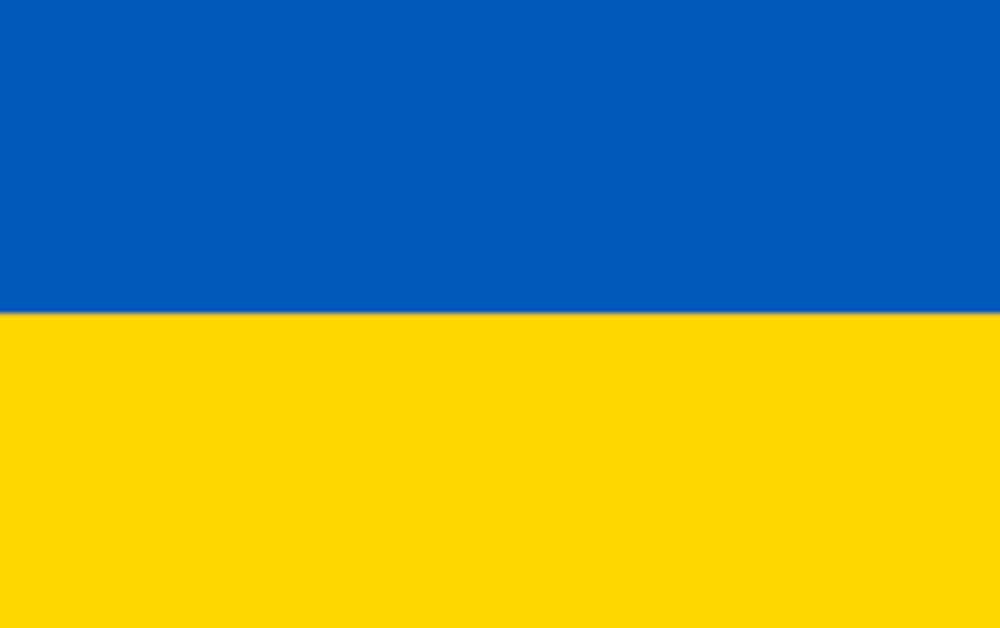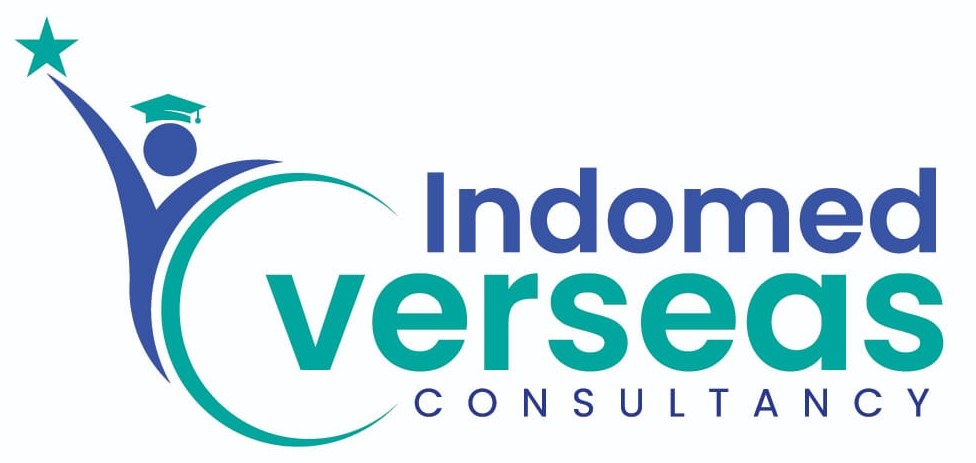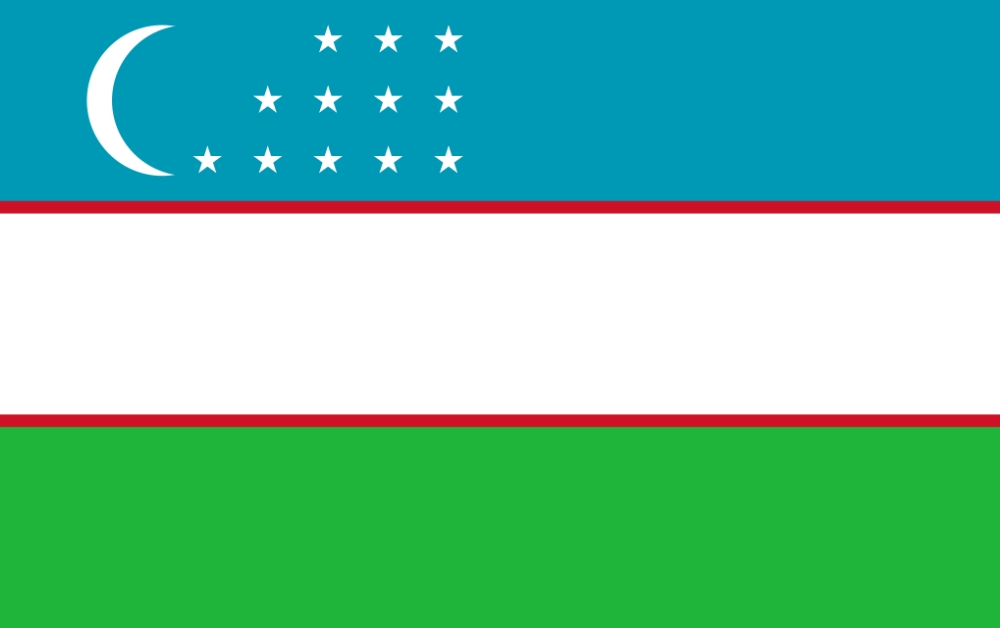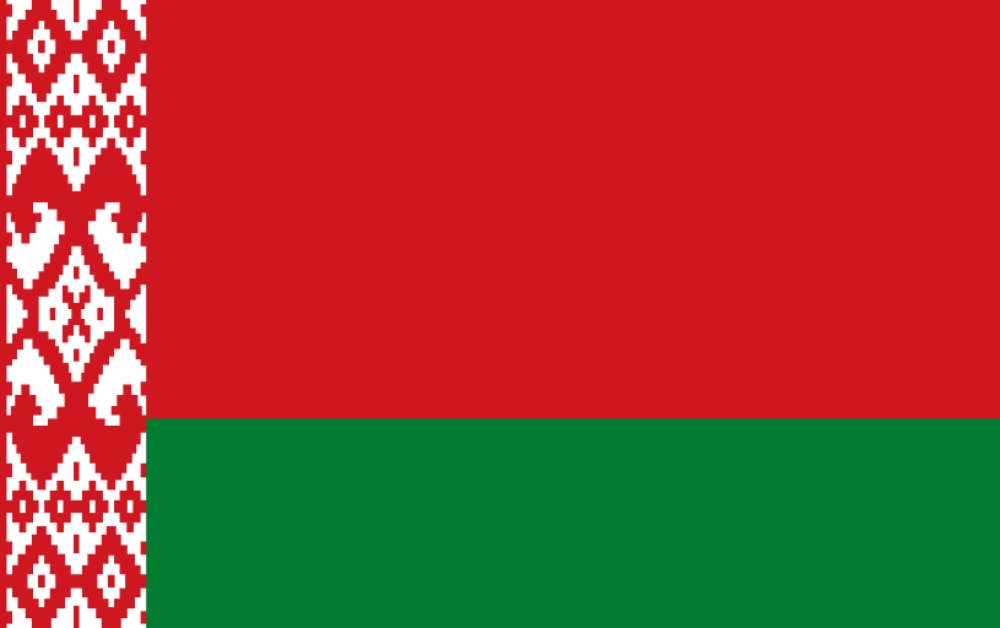MBBS In Bangladesh
MBBS in Bangladesh offers English-medium medical education with recognized qualifications for global practice.
Table of Contents
About Bangladesh
Every year, around 5,000 Indian students choose to study MBBS in Bangladesh. This is because Bangladesh offers high-quality medical education at an affordable cost. The country has advanced infrastructure, modern technology, and highly qualified teachers. Many top medical colleges in Bangladesh have 25% to 40% of their seats reserved for international students, including those from India, which increases opportunities for aspiring doctors.
The ongoing admissions for the 2022-23 academic session offer Indian students a chance to enroll in top medical colleges in Bangladesh. These colleges also provide comfortable hostel and dining facilities, making it a popular choice for those looking to start their medical careers.
Overview of Bangladesh
| Aspect | Details |
|---|---|
| Capital | Dhaka |
| Official Language | Bengali & English |
| Population | 163 million |
| Time Difference | 30 minutes ahead of India |
| Currency | Taka |
| Calling Code | +880 |
| Distance from India | 1576.7 km |
| Travel Time from Delhi | 2 hours 30 minutes |
| NMC (MCI) Approved Colleges | 13 |
| Type of Medical Institutions | Government and Private |
| Duration of the Course | 6 years (includes 1 year of internship) |
| Course Duration | 5 years |
| Eligibility | Aggregate GPA of 7.0 on a GPA 5 scale and GPA 4.0 in Biology in 10+2 |
| Recognitions | NMC (erstwhile MCI), ECFMG, FAIMER, WDOMS, IMED, BMDC |
| NEET | Yes, compulsory |
| IELTS/TOEFL | Not required |
| Medium of Teaching | English |
MBBS in Bangladesh
NMC Approval: Many medical universities and colleges in Bangladesh are approved by the National Medical Commission (NMC, formerly the Medical Council of India).
Seat Reservations: Approximately 25% of seats in top private medical colleges are reserved for Indian students.
Affordable Fees: The fee structure for MBBS in Bangladesh is more affordable compared to India.
Large Indian Student Community: Over 10,000 Indian students are currently studying MBBS in top medical universities and colleges in Bangladesh.
No Entrance Exam Required: Indian students do not need to take any entrance examination for admission, but qualifying the NEET UG exam is mandatory.
No Donations: Medical universities and colleges in Bangladesh do not require donations for direct admissions to MBBS courses.
No Language Test: There is no requirement to take any language proficiency test like IELTS or TOEFL.
English Medium: The medium of instruction for MBBS in Bangladesh is English.
Cultural Similarity: Bangladesh has a lifestyle similar to India, making it easier for Indian students to feel at home.
Low Living Costs: The cost of living in Bangladesh is very affordable for Indian students.
Internship Opportunities: Indian students are offered one-year internships in some of the top government and private hospitals.
Practical Training: Practical and training methodologies are used to enhance students’ skills
Why Study MBBS in Bangladesh?
Bangladesh has emerged as a top destination for medical education among international students, particularly from India. Here are the key reasons:
Recognized Accreditation: Medical universities in Bangladesh are accredited by NMC (erstwhile MCI), WDOMS, ECFMG, and other reputable bodies.
High Passing Percentage: Bangladesh medical universities boast the highest FMGE/NEXT passing percentage.
Quality Infrastructure: Top-quality infrastructure supports medical education in Bangladesh.
English-Medium Education: Medical studies are conducted in English, facilitating learning for international students.
Affordable Tuition Fees: Tuition fees at Bangladesh’s top medical universities are reasonable.
Experienced Faculty: Highly qualified professors provide goal-oriented learning in advanced classrooms.
Seat Reservations: Government and private medical colleges reserve up to 50% of seats for international students.
Practical Training: Clinical training at affiliated hospitals enriches students’ practical knowledge.
Curriculum Similarity: The MBBS curriculum in Bangladesh aligns closely with that of India, facilitating easy adaptation.
Global Recognition: Degrees from Bangladeshi medical universities are recognized worldwide, enabling practice in India and abroad.
This succinctly highlights why Bangladesh is an attractive option for pursuing MBBS for international students, especially from India
Medium of Teaching in Bangladesh MBBS Colleges
The medium of instruction for MBBS in Bangladesh is English. This decision reflects the international student body enrolled in medical colleges across the country. English serves as the official language for delivering medical education, ensuring all students receive comprehensive instruction in their studies.
Recognition and Accreditation of MBBS Universities in Bangladesh
MBBS universities in Bangladesh are recognized and accredited by several prestigious international and national organizations, ensuring high standards of medical education. These accreditations provide assurance of the quality and global acceptance of the degrees offered. Key recognitions include:
- WHO (World Health Organization)
- UNESCO (United Nations Educational, Scientific and Cultural Organization)
- FAIMER (Foundation for Advancement of International Medical Education and Research)
- Ministry of Education, Bangladesh
- NMC India (National Medical Commission)
Duration of the MBBS Course in Bangladesh
The MBBS program in Bangladesh lasts a total of six years. This includes five years of academic study and one year dedicated to clinical training and internship. During the first five years, students complete their coursework and clinical trials. In the final year, students undergo practical training through an internship to gain hands-on experience in the medical field.
Eligibility Criteria for Pursuing MBBS in Bangladesh
Age: Candidates must be at least 17 years old at the time of admission. The maximum age limit is 25 years.
Academic Qualifications: Students must have completed their 12th grade from a recognized board. General category students need to secure a minimum of 50% marks, while SC/ST/OBC students need at least 40% marks.
NEET Qualification: Indian students must have qualified in the NEET exam.
Gap Year: Bangladesh does not accept a gap of more than one year between 12th grade and MBBS admission
Documents Required for MBBS in Bangladesh
To pursue MBBS in Bangladesh, students need to submit a comprehensive set of documents. These documents ensure eligibility and facilitate the admission process into medical universities in Bangladesh. Required documents include academic certificates, financial statements, clearance certificates, and various forms related to university admission and visa application.
- 10th mark sheet and certificate
- 11th mark sheet
- 12th mark sheet and certificate
- Original passport
- Police clearance certificate
- Affidavit (sponsorship)
- Bank statement (six months)
- University admission letter
- University fee confirmation letter
- Equivalence certificate (from university)
- University admission form
- Visa application form
- 12 photographs on matte paper
- Equivalence TT copy
- University fee TT copy
- Demand draft in favor of Bangladesh High Commission
Student Life of MBBS Student In Bangladesh
Medical colleges in Bangladesh offer a nurturing environment for students’ holistic development on campus. Here’s what student life typically entails:
Sports and Gym Facilities: On-campus sports facilities and gyms enable students to maintain their physical fitness.
Resourceful Libraries: Well-equipped libraries provide access to medical books and journals, supporting students’ academic pursuits and assignments.
Comfortable Hostel Facilities: Hostels with basic amenities and open kitchens cater to students’ accommodation needs.
Advanced Classroom and Laboratory Sessions: Modern classrooms and laboratories facilitate hands-on learning, enhancing students’ medical knowledge and skills.
Separate Hostel Facilities: Many colleges offer separate hostels for male and female students, ensuring privacy and comfort.
In-House Hospitals: Colleges often have their own hospitals, offering students practical, real-life medical experience with patients.
Safety Measures: The entire campus is equipped with CCTV surveillance to ensure the safety and security of students.
This environment supports a well-rounded educational experience, blending academic rigor with facilities for personal growth and practical learning.
MBBS Study Abroad
MBBS Study Abroad
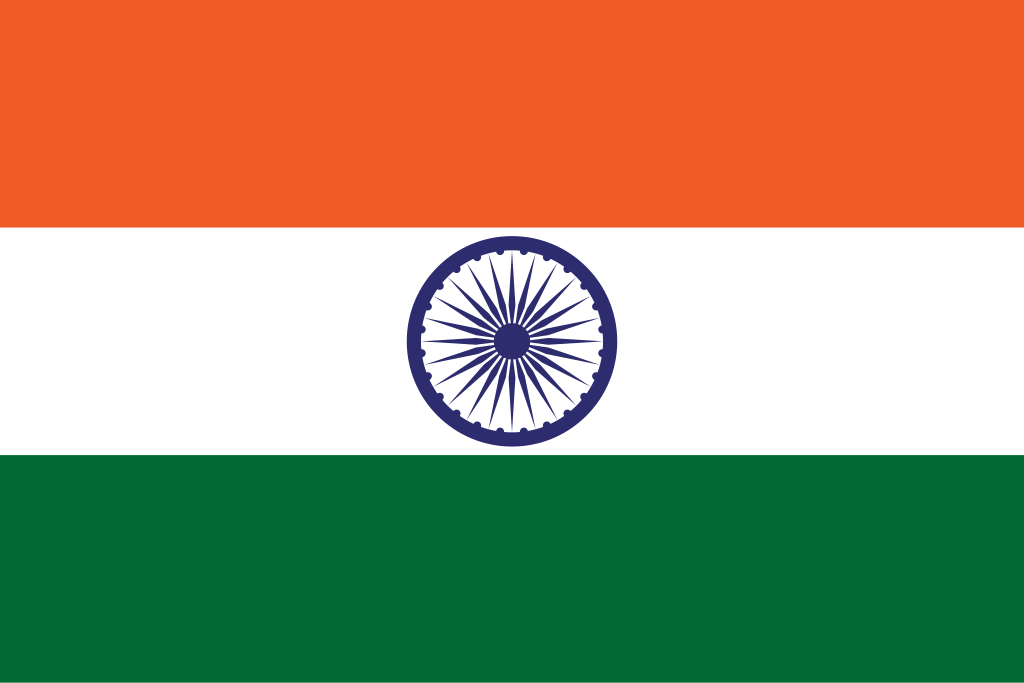
MBBS in India
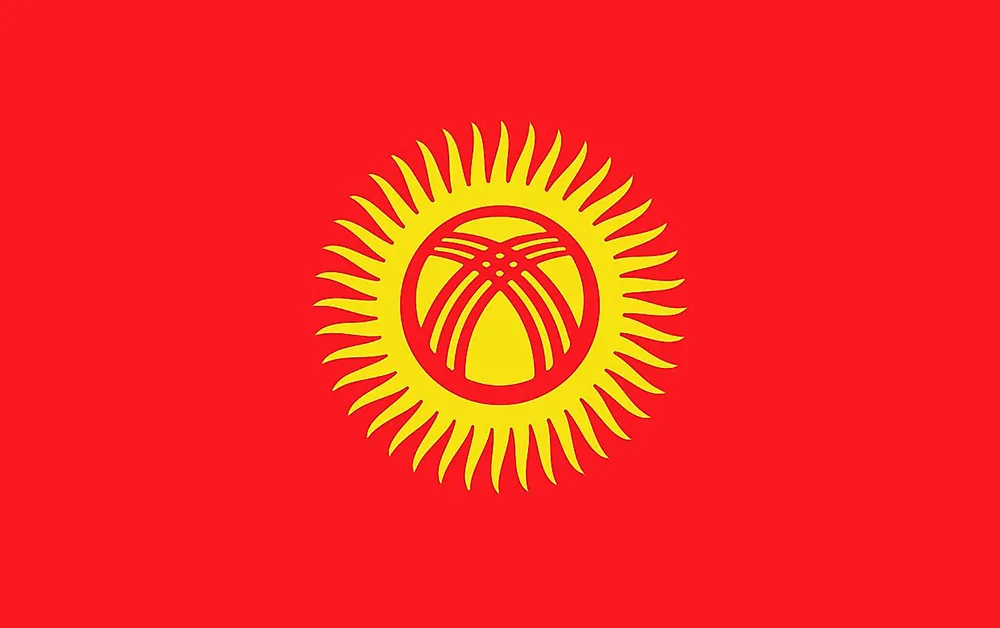
MBBS in Kyrgyzstan
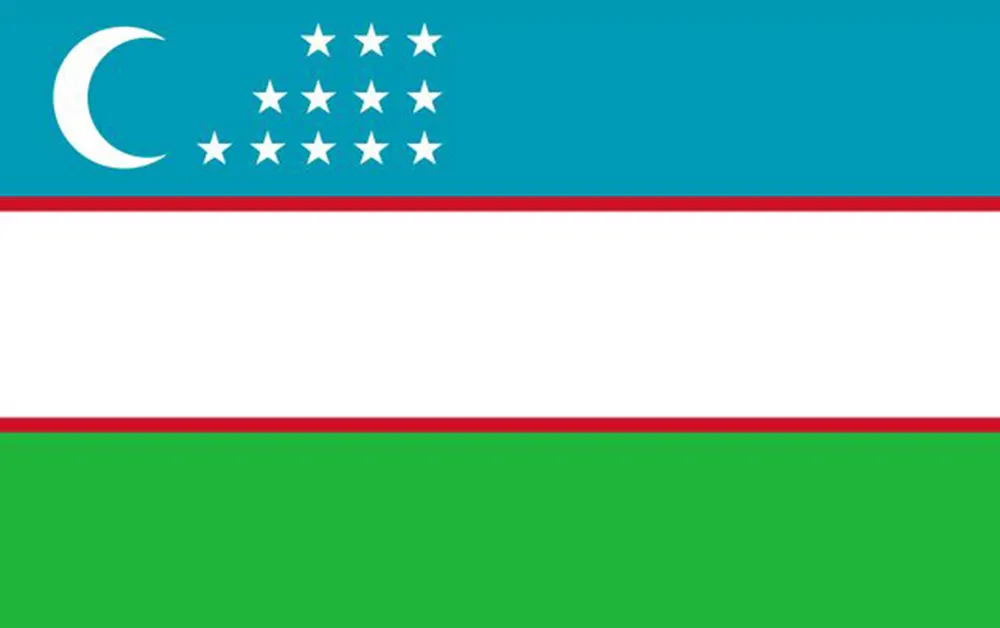
MBBS in Uzbekistan
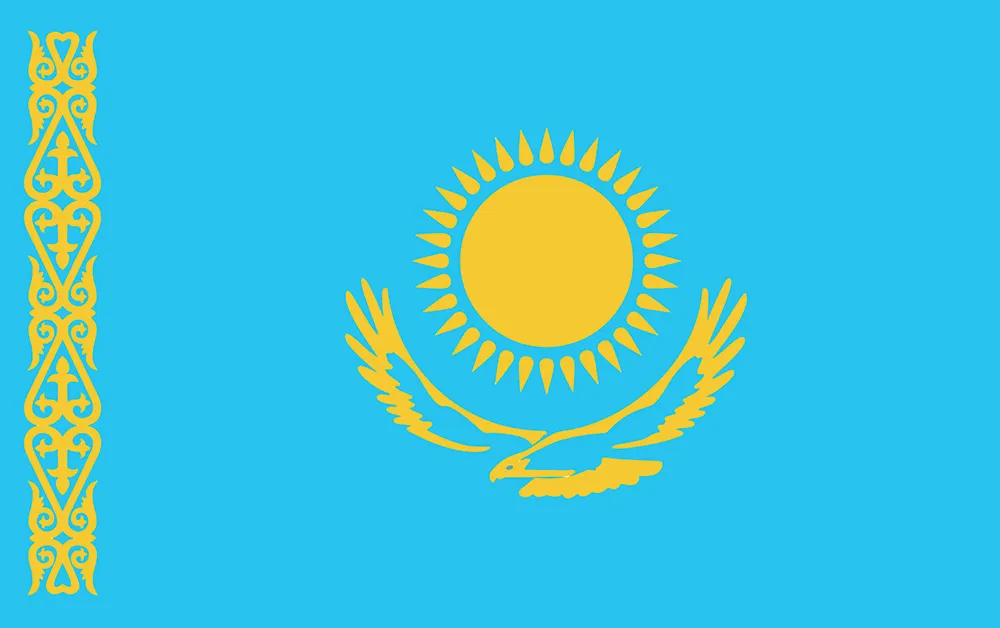
MBBS in Kazakhstan
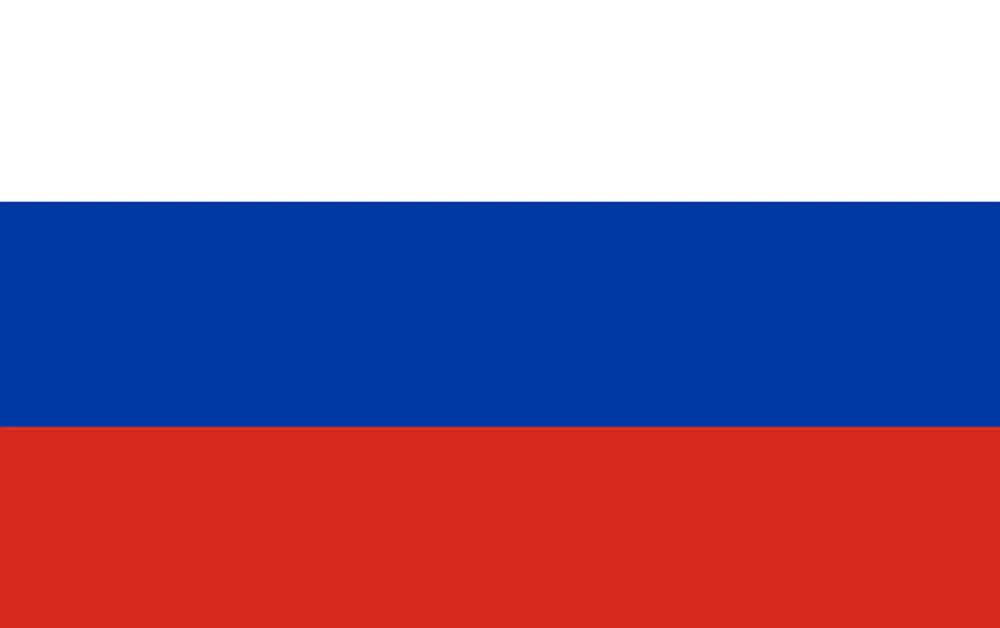
MBBS in Russia
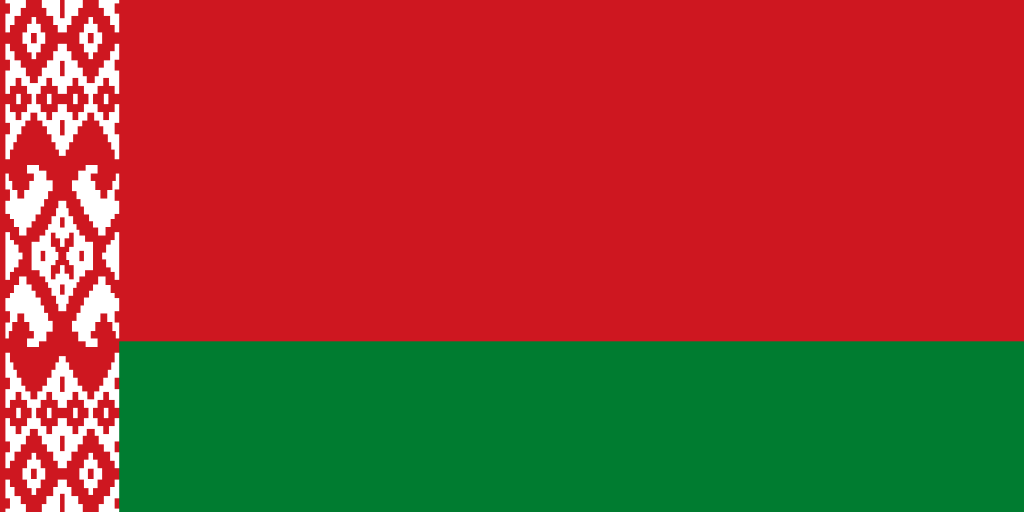
MBBS in Belarus

MBBS in Serbia

MBBS in Georgia

MBBS in Moldova
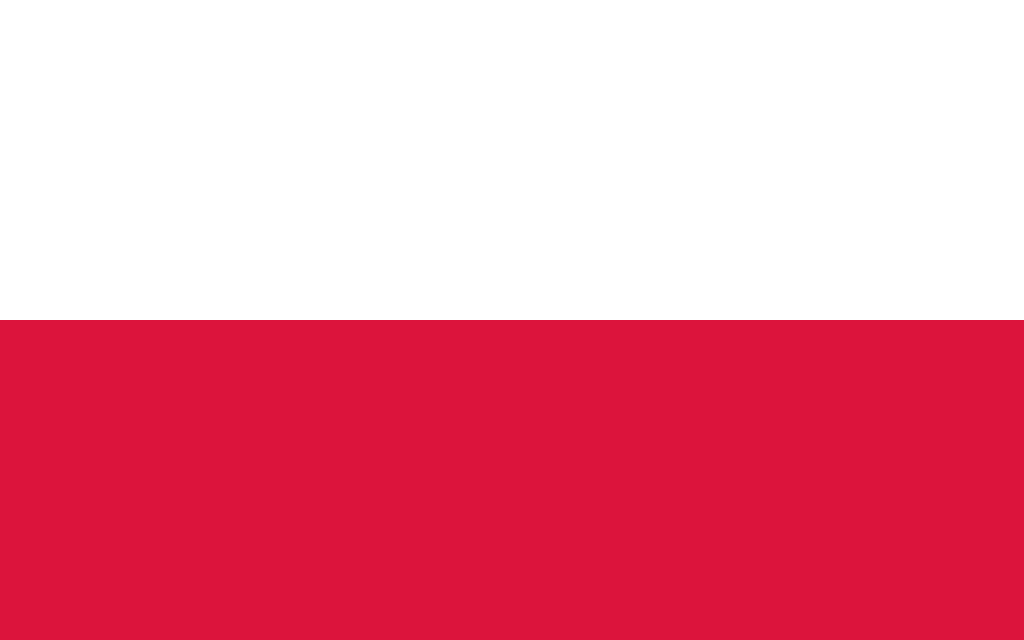
MBBS in Poland
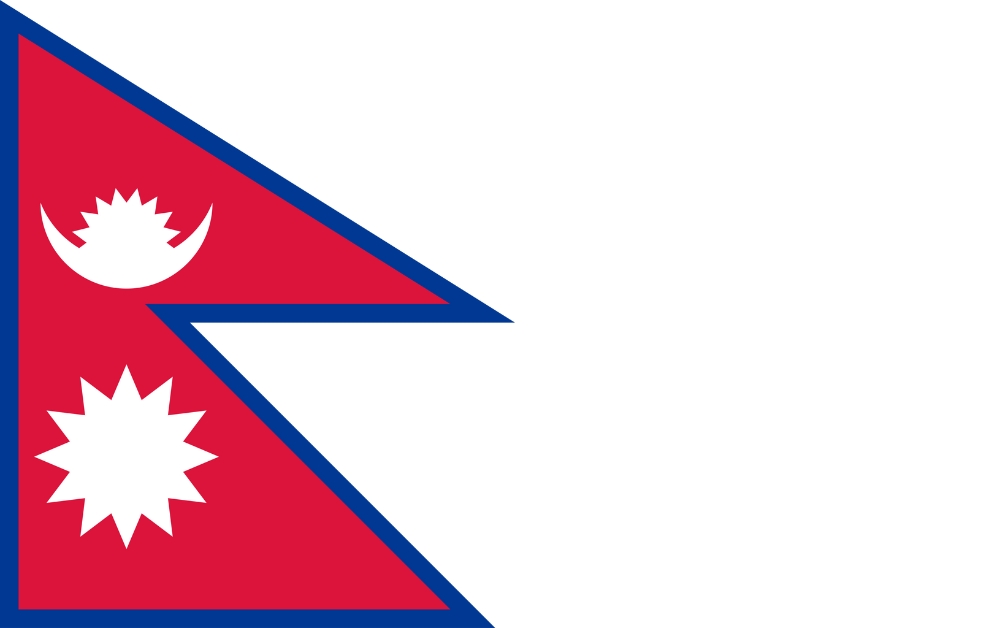
MBBS in Nepal
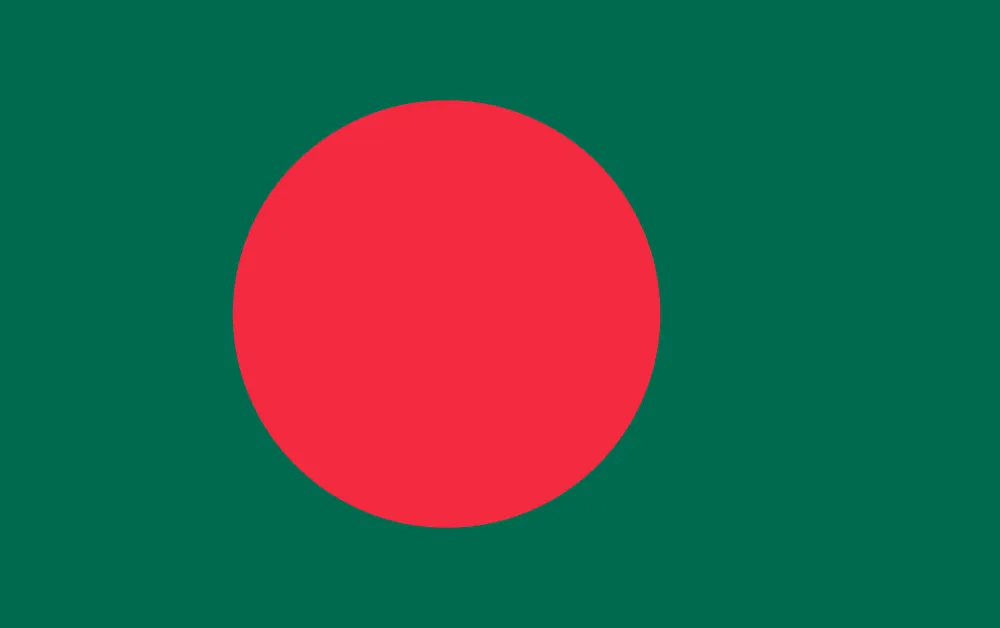
MBBS in Bangladesh

MBBS in China
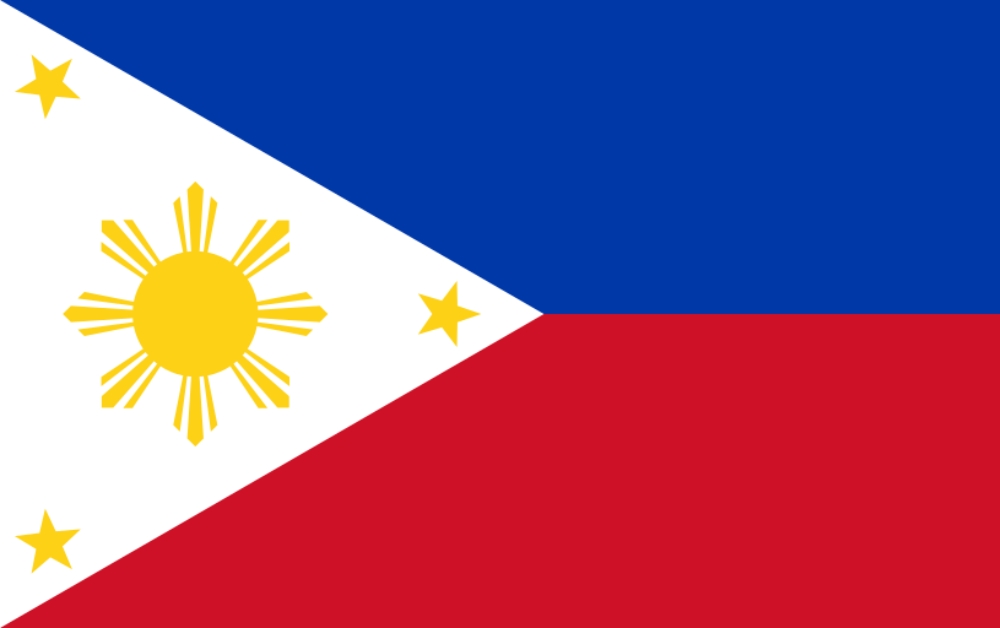
MBBS in Philippines
